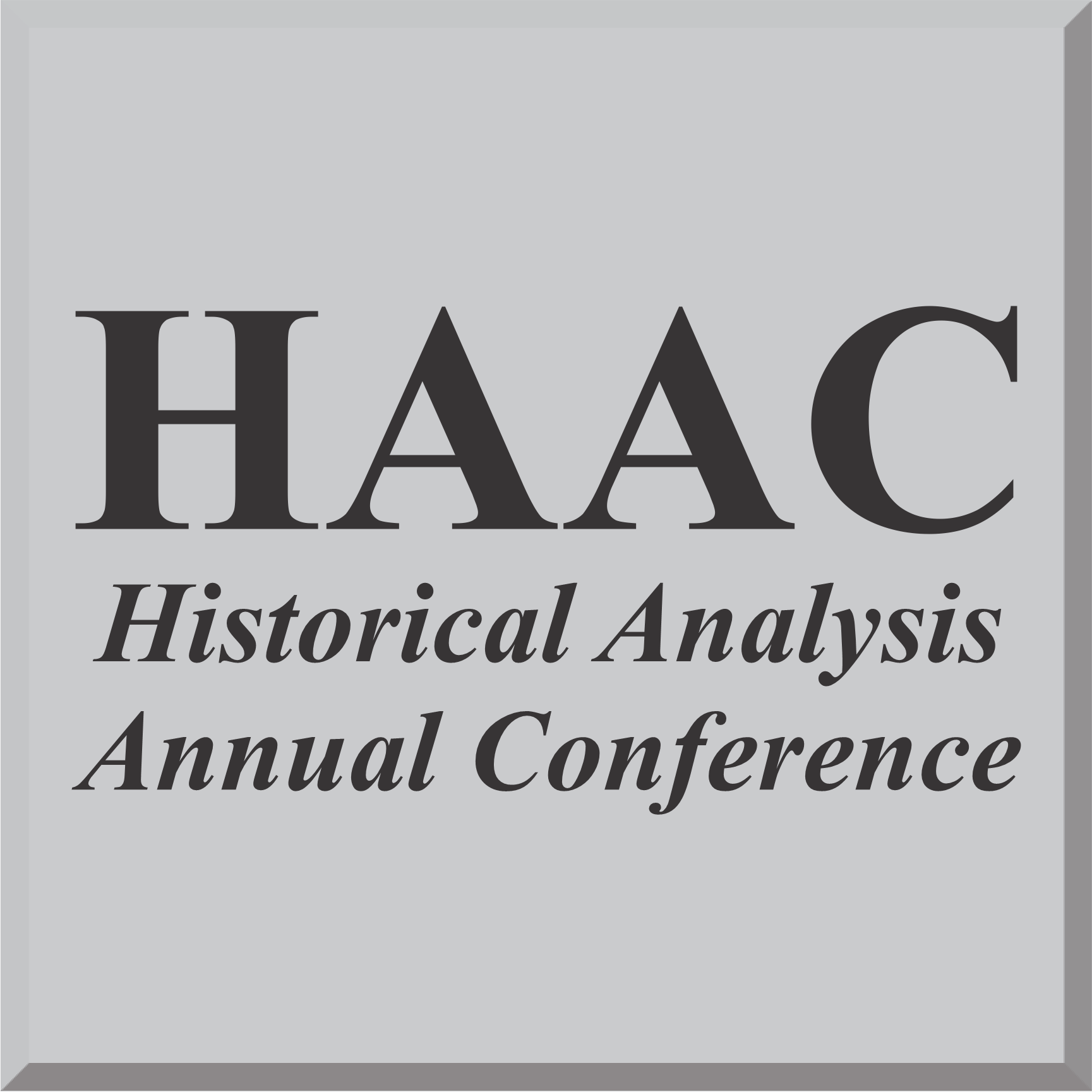
The final event of the last year’s conference was a Group Discussion on the Russo-Ukrainian War of 2022.” I put together some notes (7 slides) to start the discussion and it sort of turned into an impromptu briefing: Russo-Ukrainian War 2022
These notes were later used as the starting point for this briefing: Casualty Estimates for the Russo-Ukrainian War | Mystics & Statistics (dupuyinstitute.org)
This later briefing was filmed: Links to R&D Seminar “Lessons Identified from the War in Ukraine” 6th – 8th December 2022 | Mystics & Statistics (dupuyinstitute.org)
————-
We had a total of 31 presentations given at the first Historical Analysis Annual Conference (HAAC). We have the briefing slides from most of these presentations. Over the next few weeks, we are going to present the briefing slides on this blog, maybe twice a week (Tuesdays and Thursday). In all cases, this is done with the permission of the briefer. We may later also post the videos of the presentations, but these are clearly going to have to go to another medium (Youtube.com). We will announce when and if these are posted.
The briefings will be posted in the order given at the conference. The conference schedule is here: Schedule for the Historical Analysis Annual Conference (HAAC), 27-29 September 2022 – update 16 | Mystics & Statistics (dupuyinstitute.org).
The nine presentations given on the first day are all here: Presentations from HAAC – Air Combat Analysis on the Eastern Front in 1944-45 | Mystics & Statistics (dupuyinstitute.org).
The 13 presentations given on the second day (including one that was not given) are all here: Presentations from HAAC – Urban Warfare | Mystics & Statistics (dupuyinstitute.org).
The presentations given on the third day include:
First: “Applying the Scientific Method to Military History (using a virtual laboratory)” by Clinton Reilly (Computer Strategies PYY LTD, Sydney, Australia): Presentations from HAAC – The Application of the Scientific Method to Military History | Mystics & Statistics (dupuyinstitute.org).
Second: “Quantitative Analysis of History of Direct Fire Weapons” by Dr. Alexander Kott of the Army Research Laboratory (ARL): Kott HAAC Hist Weapons Sep2022.
Third: “Quantitative Risk Assessment in Military Decisions” by Dr. Douglas A. Samuelson of the InfoLogix, Inc.: DS_risk_HAAC_09292
Fourth: “The Criticality of Resurrecting TDI & TNDM” by Joe Follansbee (Col., USA, ret): TDI Proposal 22AUG22
Fifth: “The Future of TDI and work of the conference” by Christopher A. Lawrence (TDI): Closing Presentation
First in second conference room: “The AEF and Consolidation of Gains Operations during the Meuse-Argonne Offensive, 1918″ by Dr. Christopher Davis (UNCG): Meuse Argonne Offensive Operations
Second: “Evaluating German Aerial Photography at the Battle of Kursk, 1943″ by Eugene Matyukhin. We cannot post this excellent presentation at the moment.
Third: “The Red Army’s War in Ukraine 1943-44″ by Dr. Richard Harrison. We cannot post this excellent presentation at the moment.
Fourth: “The Decline of War Since 1950″ by the American econometrician Dr. Michael Spagat (Royal Holloway University of London): spagat_presentation
Fifth: “Patterns of Explosive Weapon Use in Ukraine: Comparing Patterns Before and After 24 Feb. Invasion” by Chiara Torelli of AOAV (Action on Armed Violence), who provided the presentation virtually from the UK: haac-ukraine_59520530
Sixth: “Drone Warfare and the Nagorno-Karabakh War of 2020” by Dr. Alexander Kott of ARL (Army Research Laboratory): Kott HAAC Karabakh War
